Illegal wildlife trade remains a global threat, affecting thousands of animal and plant species in more than 160 countries. Despite international efforts to eradicate illegal trade in plant and animal species, governments are faced with highly structured criminal organisations that find loopholes in the law and continue to operate. UNODC‘s third Global Wildlife Crime Report provides a comprehensive overview of this problem. It also provides tools to improve responses to this criminal phenomenon.
Illegal wildlife trade: a global phenomenon
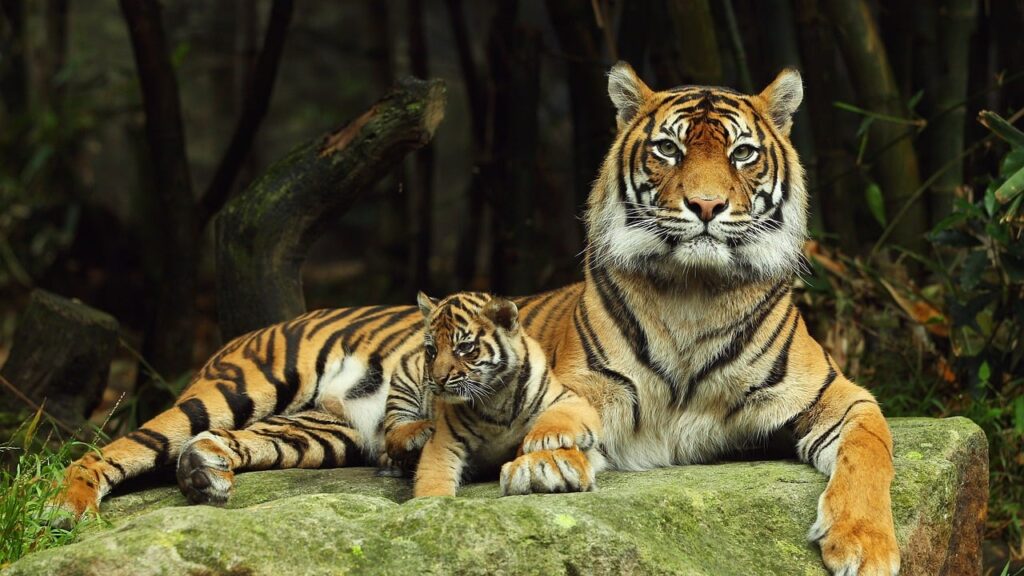
According to the seizures recorded between 2015 and 2021, there are several interrelated factors covering the species involved and the reasons for illegal trafficking. On one hand, the high demand for products derived from protected species, such as ivory, rhino horns and pangolin scales, are some of the driving forces behind this market. This is compounded by poverty in rural communities, which contributes to many people engaging in illegal activities to earn income.
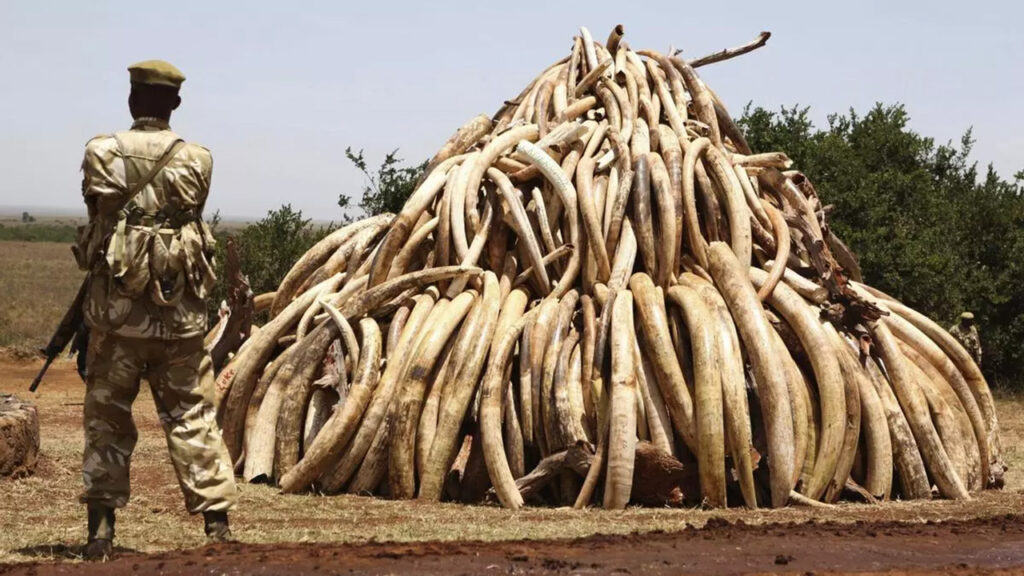
In this context, organised crime has demonstrated a remarkable ability to adapt quickly to technological advances and to overcome legal barriers. However, these barriers are not only technological, because corruption and lack of resources in some countries allow wildlife trafficking to continue to thrive despite international efforts.
Which species are most affected
It is a fact that the illegal wildlife trade affects thousands of species worldwide, but there are a few that get virtually all the attention. First, there are pangolins, which are the most sought-after mammals due to the use of their scales in traditional medicine. Elephants are hunted for their ivory tusks and rhinos for their coveted horns. Tigers are hunted for their bones and skins.
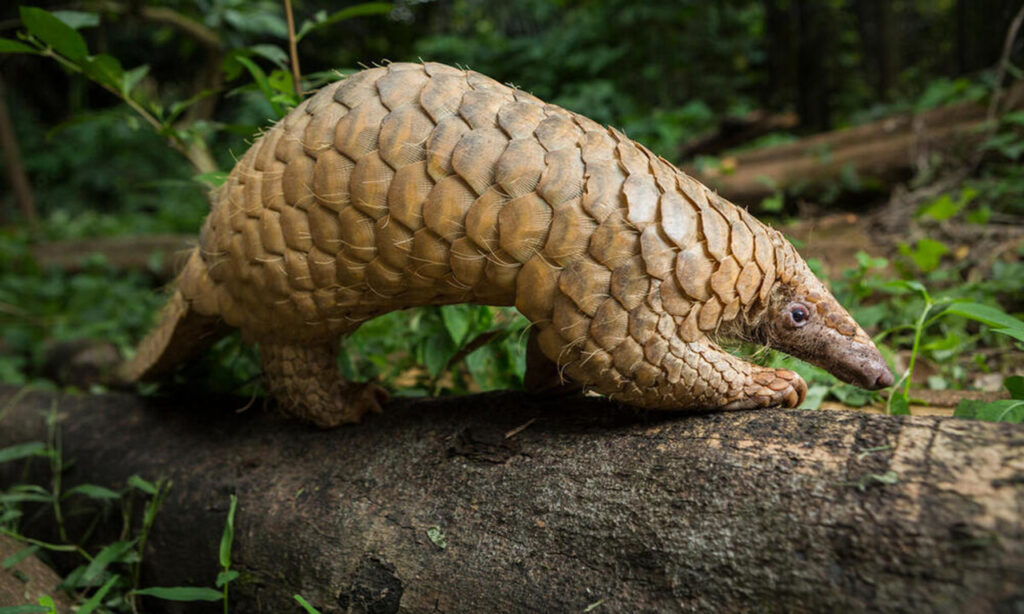
Other species affected include sea turtles, coveted for their meat and shells, and African grey parrots, victims of the exotic pet market.
It can be said that, when it comes to conservation damage, illegal trade plays a relevant role in local or global extinctions. Such is the case with the illegal collection of succulents and rare orchids, as well as the trade in a wide variety of reptiles, fish and birds.
The multiple consequences of illegal trade
Illegal wildlife trade generates substantial revenues for those involved in this criminal activity, while it represents a considerable cost for those trying to combat it. Tackling this trade requires large investments by governments and can also reduce public revenues from legal activities, such as timber licensing fees or tourism-related tax revenues.
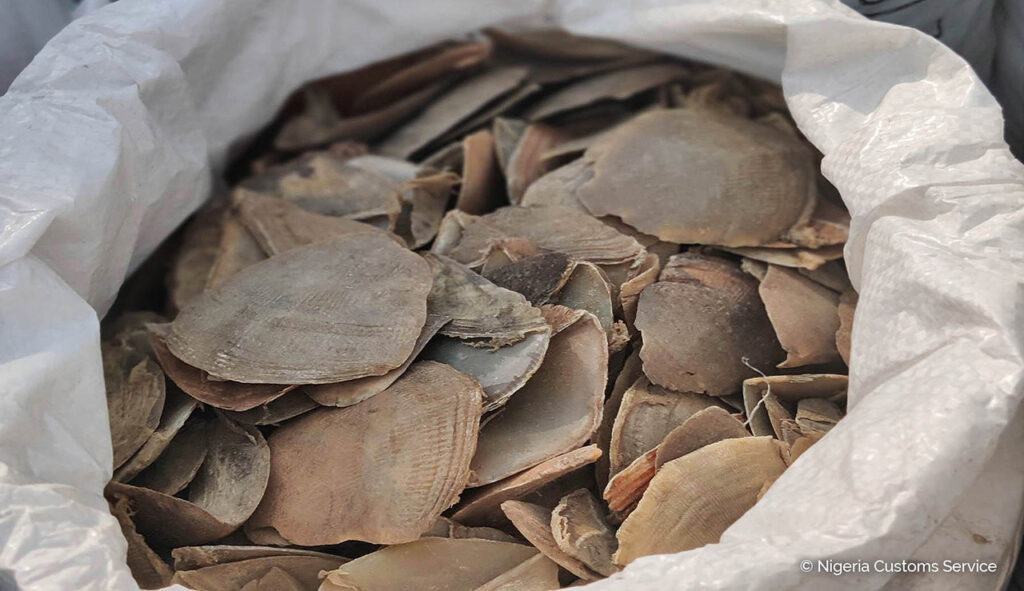
This problem not only affects public finances, but also has a direct impact on employment. Nature’s fundamental role in vital systems such as agriculture and water supply is undermined. It is also closely linked to exposure to violence, weakened community cohesion and increased vulnerability to abusive labour practices, as well as human trafficking.

In turn, this practice reduces animal populations, which affects the ability of ecosystems to store carbon. This increases greenhouse gas emissions. The disruption of ecosystems caused by illegal trade also undermines climate change adaptation and mitigation measures, exacerbating the global consequences of climate change.
Why the illegal wildlife trade cannot be stopped
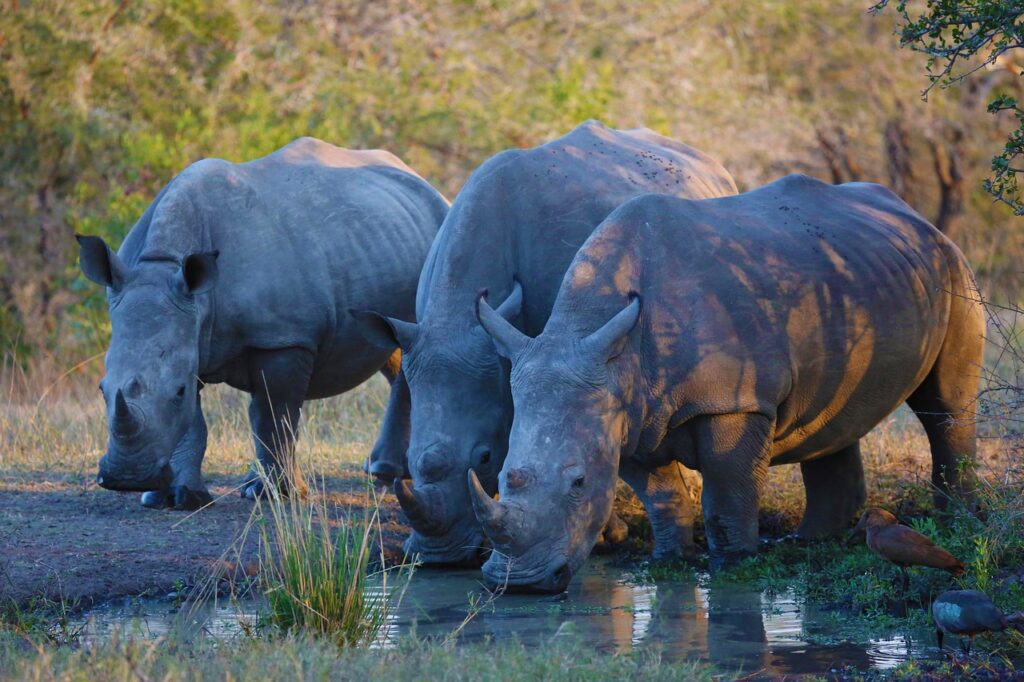
Despite global efforts such as cooperation between countries, stricter laws and police operations, wildlife trafficking finds a way to survive. Corruption at various levels and the adaptability of traffickers to change routes and methods remain major obstacles.
Differences in legislation and lack of resources in certain countries hinder an effective global response and allow this criminal activity to thrive in many regions. Finally, when it is possible to incarcerate those involved, they tend to be low-level operators. That is, people who are involved in the trafficking, but who play minor roles in the criminal operation rather than the network leaders or high-level organisers. For example, packers, transporters and middlemen, such as drivers and other participants in the logistical chain.
Signs of hope in a challenging context
Despite the great challenges facing the fight against illegal species trafficking, there are reasons for optimism. First, investment in interventions to combat it is growing, both nationally and internationally. Government agencies, regulatory institutions and funders are increasingly committed to identifying and funding interventions to make them more effective. This financial support not only helps cover operational costs, but also drives research and evaluation of interventions.
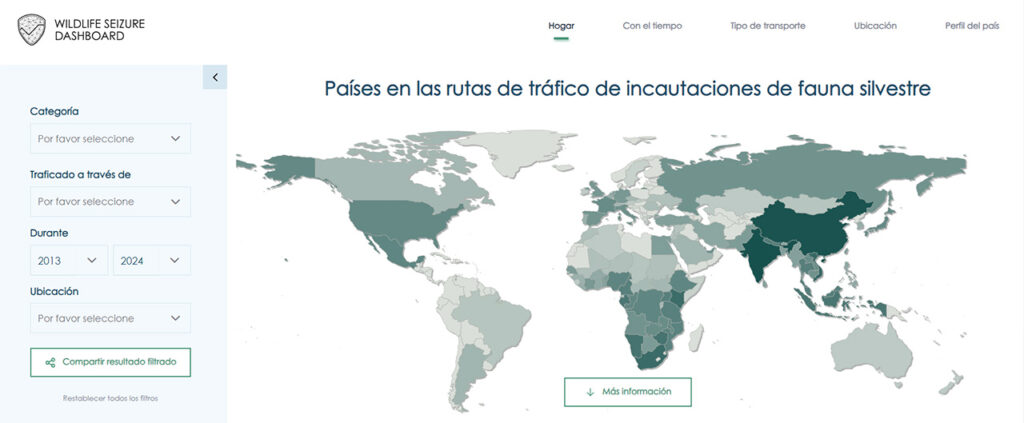
The development of a solid evidence base on what interventions work is still in its infancy, but efforts are underway to improve it. Review of existing studies shows that some strategies, such as patrolling regimes, have shown promising results in terms of increasing wildlife abundance. Although data is still limited and we rarely come across formal evaluations, each advance represents a step towards a future where the protection of our biodiversity is strengthened.
Despite the challenges that remain, increasing investment in interventions and international collaboration provide reason for hope. With more research, funding and commitment, the world can move towards a future in which wildlife and ecosystems are better protected. Every small step forward reinforces the possibility of significant and lasting change in the fight against wildlife crime.





